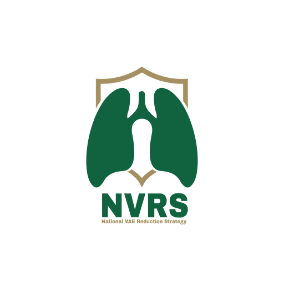National Ventilator-Associated Events Reduction Strategy (NVRS)

Introduction:
Mechanical ventilation is a critical, life-saving intervention for patients with severe illness and respiratory failure. Each year, it is estimated that over 30,000 patients undergo mechanical ventilation. However, these patients face a heightened risk of complications and adverse outcomes, including mortality. Common complications associated with mechanical ventilation include ventilator-associated pneumonia (VAP), sepsis, acute respiratory distress syndrome (ARDS), pulmonary embolism, barotrauma, and pulmonary edema. These complications can result in prolonged mechanical ventilation, extended stays in the intensive care unit (ICU) and hospital, higher healthcare costs, and an increased risk of long-term disability and mortality.
Vision
Mission
Aim
Strategy Objectives:
- To ensure leadership visibly participates, stay well-informed and are able to make decisions effectively.
- To enhance understanding of VAE prevention measures and their impact on patient safety.
- To define and disseminate clear roles and responsibilities for staff involved in VAE protocol implementation.
- To foster collaboration among physicians, infection control practitioners, respiratory therapists, physical therapists, and nurses for clear, consistent decision-making.
- To Increase compliance with evidence-based infection prevention measures.
National Ventilator-Associated Events Reduction Strategy (NVRS) Components:
- Governance Engagement.
- Surveillance Program.
- Evidence-Based Practices.
- Education and Training.
- Monitoring and Evaluation.
© All Rights Reserved For IPCKSA © 1443 – 2022

